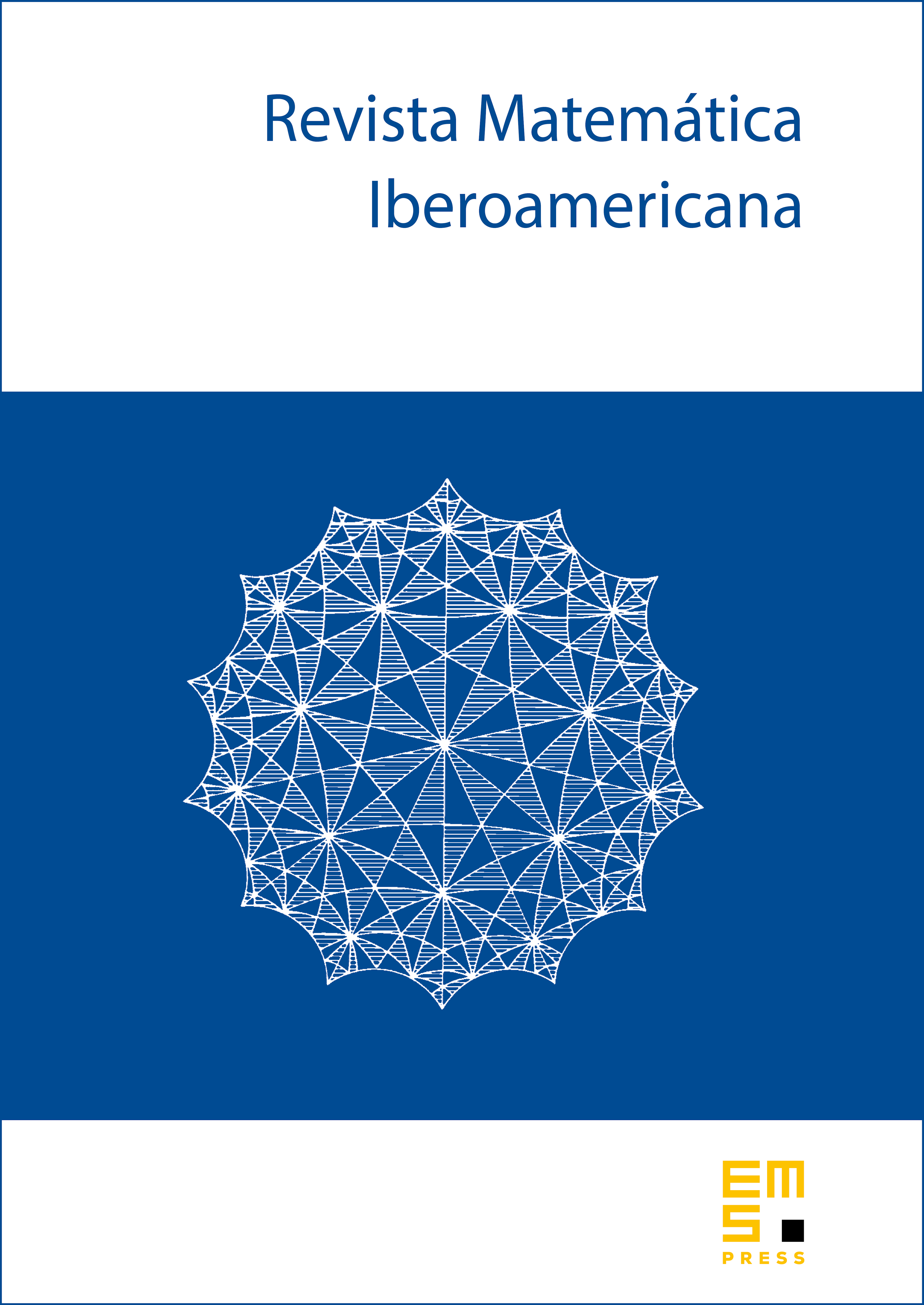An Application of Algebraic Geometry to Encryption: Tame Transformation Method
T.T. Moh
Purdue University, West Lafayette, USA

Abstract
Let be a finite field of elements. Let be tame mappings of the -dimensional affine space . Let the composition be . The mapping and the 's will be hidden. Let the component expression of be . Let the restriction of to a subspace be as . The field and the polynomial map () will be announced as the public key. Given a plaintext , let , then the ciphertext will be . Given and (), it is easy to find . Therefore the plaintext can be recovered by . The private key will be the set of maps . The security of the system rests in part on the difficulty of finding the map from the partial informations provided by the map and the factorization of the map into a product (i.e., composition) of tame transformations 's.
Cite this article
T.T. Moh, An Application of Algebraic Geometry to Encryption: Tame Transformation Method. Rev. Mat. Iberoam. 19 (2003), no. 2, pp. 667–685
DOI 10.4171/RMI/364